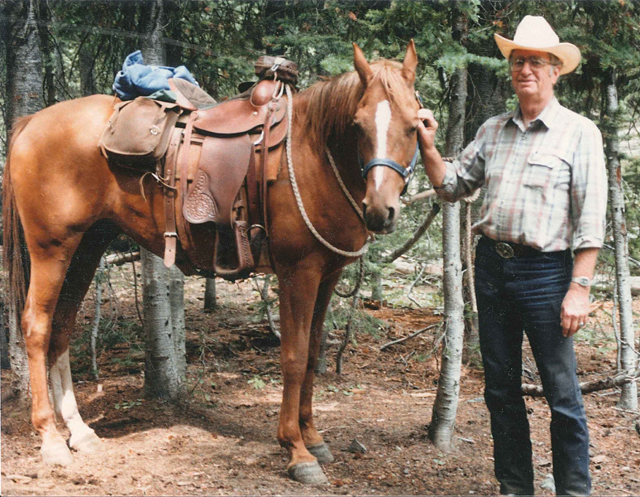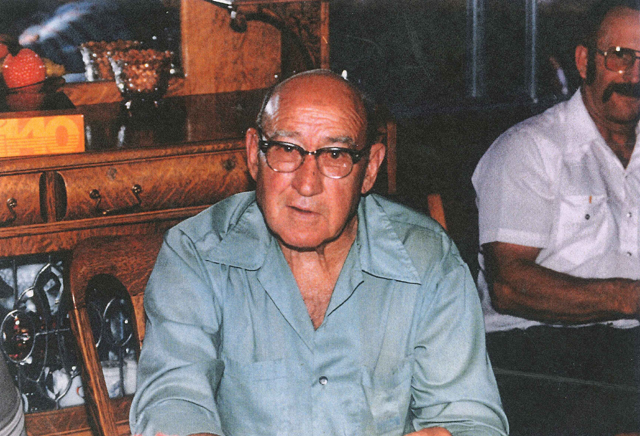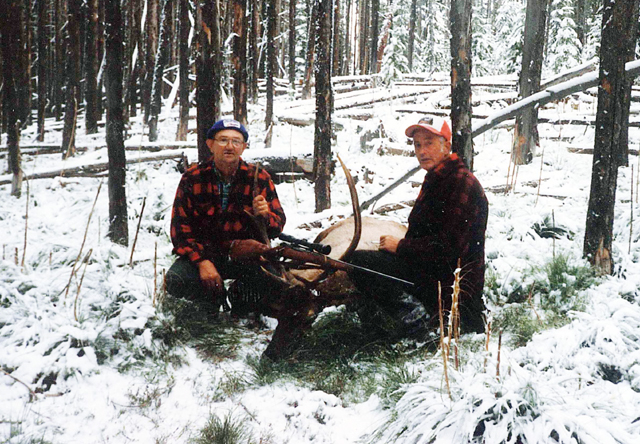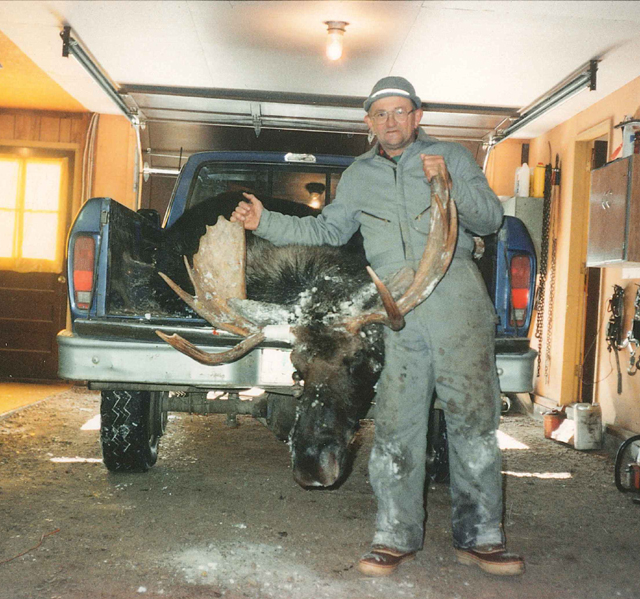| Cottonwood
to celebrate 150th year in 2012, area history included
(History continued from last week) There are many ways people contribute to the history of the area. Like a big area ball-game, those that have the talent and tools carry the ball and then the others cheer and offer their support. And we all know one more classification here we will mention. There are those that sit on their back-sides and howl like an old dog! We all need support and backing of our family, friends and neighbors. While it’s easy to find something that doesn’t suit, there are many things which are done which make all of us better people. It is like being part of a big family. Ask yourself, if you don’t like the friend or neighbor that you have, who would you replace them with? I have done this many times and most always find myself content with the way things are! Just as always, we have so many good things and people in this area that we can brag about. It’s hard to remember the complaints that came forward from time to time. Remember all the times one of us had a serious misfortune and by the time we got there to offer help there were most always several there ahead of us to do what could be done. People don’t forget these things and soon the help of neighbors and friends becomes a custom and part of our lives. We started last week remembering some friends and neighbors who have helped make this area special. Each of us like to think we have helped others in return and I’m sure we have. This is the feeling we all have for the people we share this great country with. By feeling good about ourselves, we offer our meaningful support to others. After all there is such a thing as good pride without vanity and in our heritage we proclaim the same! After all we do want the younger people to be proud of who they are and where they came from – not? One of the most asked questions asked this last week or so was if we are discussing our economic stability, where does farming, ranching and the logging or lumbering fit in? And these are the three main hubs of the way in which we have carried us these past 150 years. There are many things that make up the 4th hub for our wagon. But let’s start with the first three. Back in the 1800’s when the first part of the family came, their first concern was shelter and closely behind came food. Great Grandma always had a trick or two to put something on the table. Together they had to decide the priority of the essentials. Like previously discussed, this was a time of trade and barter and very little money. Some of the families started in a tent or ½ tent with a wood frame and the upper part was canvas sides and roof. Most people brought garden seeds with them and a few jars of canned goods. Some found shelter with neighbors already here. If there was land in the country or out on the farm, the men folk immediately went to work to till and plant. Sometimes, the newcomers helped on the land next door in exchange for the same when time permitted. Sometimes the dad would borrow or rent a wagon to go to the nearest sawmill for lumber to start to add on to the house and put up a shed for the animals they had. The first people here often mixed their animals with others out on the open range. The Camas prairie had hundreds of animals turned loose out yonder to mix even with Indian livestock. There were herds of cattle and pigs out there along with the horses. Later fences were constructed and most of the livestock was kept under better supervision. Water, in this area, for the most part was a nearby creek. Later it was a hand-dug shallow well with rock walls on the very bottom and if necessary, lumber or logs on the upper sides. The well had cross members for support, which were made into shelves to keep milk, cream, etc. Like an early day refrigerator. This is where the “bucket people” came to haul water to the house several times a day. Some people were fortunate to have a spring on the place, which they dug out and built what was called a “spring shed” over the water and the walls were insulated with straw and mud to keep things inside cool. Later on these water sources were “piped” into the house as time and money became available. In those days you didn’t have to worry about “what to do.” Everyone in the family always had plenty of chores to do – make wood, carry water, get the cow, milking time, meal time and wash day once or twice a week and because of lack of electricity, telephone, etc., everything just took that much longer. Just imagine Dad or one of the older ones walking behind the horses in a worked field for many days to get the crop planted and then again at harvest time. It’s no wonder the average life span was only 40 years or so! Again, to think about all the work it took just to get a man’s family by. Think of the many men who worked out at another job a couple or more times a year. Everybody got old and wrinkled before their time. Many of the old timers always said “Hard work didn’t kill” but, we can say it surely had a hand in many young deaths! You can plainly see how farming and ranching was the main center of our working day but the lumber industry surely did a major role in providing the building need for everything else. Many farmers worked out in the farming off-season. Farmers were always in a close partnership with their wives who could do all their things and the chores too. Later on the women-folk drove truck or tractor and was always the most trusted partner and money manager (even though this took years to admit with some). No matter how big and strong a guy is there is always room for the little woman to get what she wants. I’ve been married many years and we have five kids and lost a few with miscarriages. I weighed about 180 lbs. when we were married and Jane tells me she tipped the scale at about 97 lbs. I was 6’3” and she 5’7”. With these weigh-in figures it stands to reason who would be boss. Dad told me in a family argument “timing is everything” and much later Jane said her mother confirmed this but also added, that the day the children were born was a good time to “ask for that new wash machine.” Calista should know. She and Al had 12 kids and they had to build a new house big enough to hold all the new wash machines! I have a feeling that most of you also, in all honesty, will try to avoid a discussion on who’s really boss! So then, along with all the new things that have come into our work and play the last 150 years, the secret of success lies in the ability to get along with family and friends. Most all of us could never keep up with the neighbors in buying all the new things that would sure be nice to have. This led to many hairy conversations around the supper table. First priority went to the truck and the kids rode in back. Then came the tractor and finally the family car. Remember what a great day that was? The first 40 or 50 years of this story dealt mostly with getting established and people did without a lot. Horseback, carriage or afoot were the choices. Then from 1910-15 on up to 1935 we had some trucks but we used a mix of horses and new machines and after WWII the lid came off! Nowadays one can find a mix of cars and pickups, indicating pretty well, how many live in that house. Wait a minute, lets look out back and count snowmobiles, ATVs, trailer and motor bikes. No wonder the younger people have such a hard time listening to tales of “when you and I were young Maggie!” My oh my how times do change! Seems like some times these changes came one right after another then we have quite a spell when things around us really don’t change much. One of the favorite discussions at any family gathering is how different things are remembered by the different age groups. Pretty soon one of the smarter ones will come up with “It’s not things that change so much – it’s the people themselves that change.” I think this is not always true but, for the most part, the early stages of raising a family seem to have a different set of rules. Of course the kids born last were a lot more spoiled and went out more often, drove the car at an earlier age and by the time they got that age, Mom & Dad had mostly given up on lecturing as most of that was out of date. And one more things, instead of “you don’t earn it, you can’t spend it” the younger ones seem to have endless spending money, cell phones to boot! We hope you enjoy the pictures we show with these articles – some related, some not, but all are worth 1000 words! These show the way we were or the way we are – think of the many related stories! 
Walt Ruhoff on one of his get-aways! 
Heintz Hoene, like his father, enjoyed all kinds of camping starting with Ann on his honeymoon. At right is Ralph Terhaar. 
Dick Schultz and Dave Gehring with an elk. 
Dick Schultz with a moose. |
|